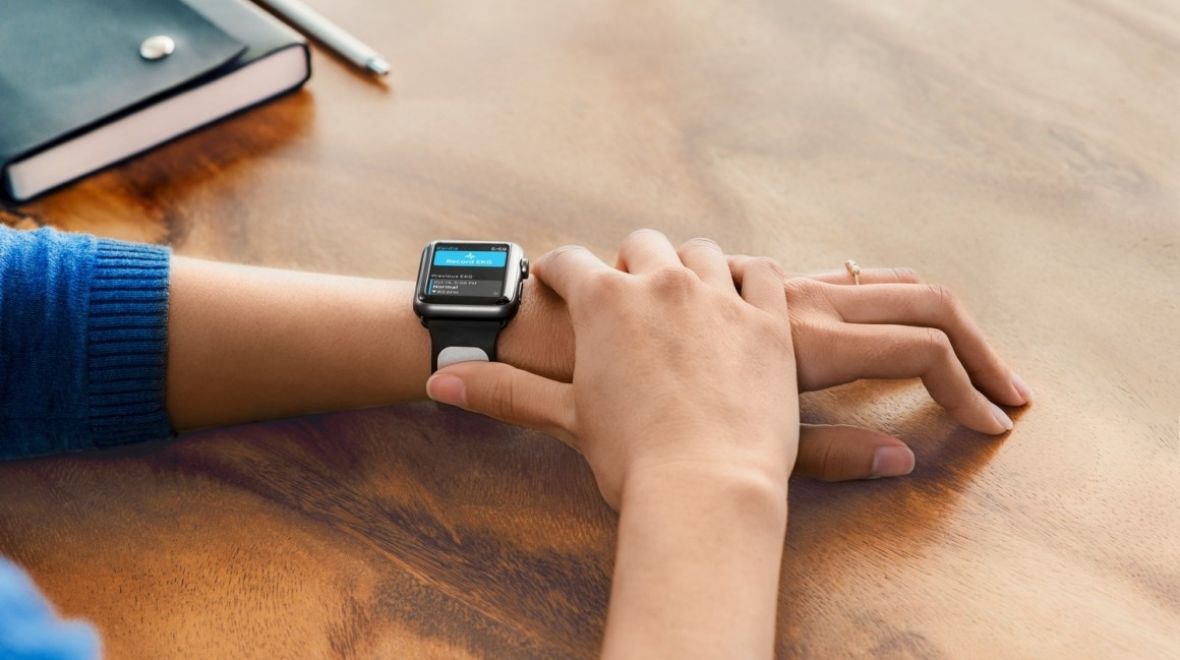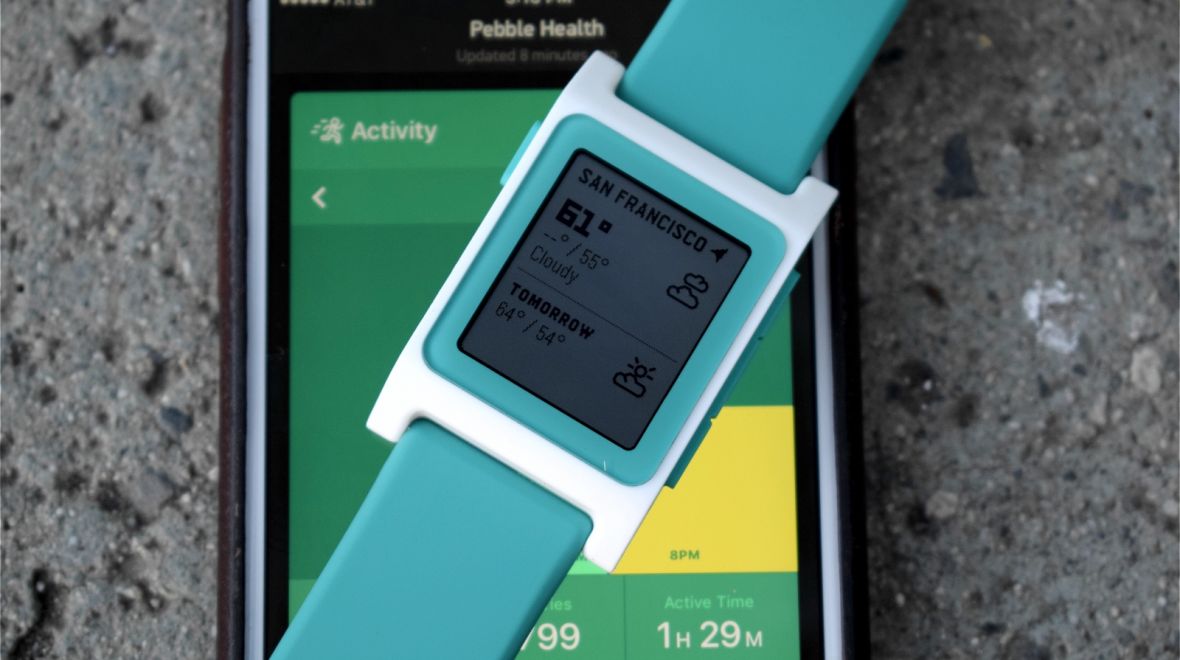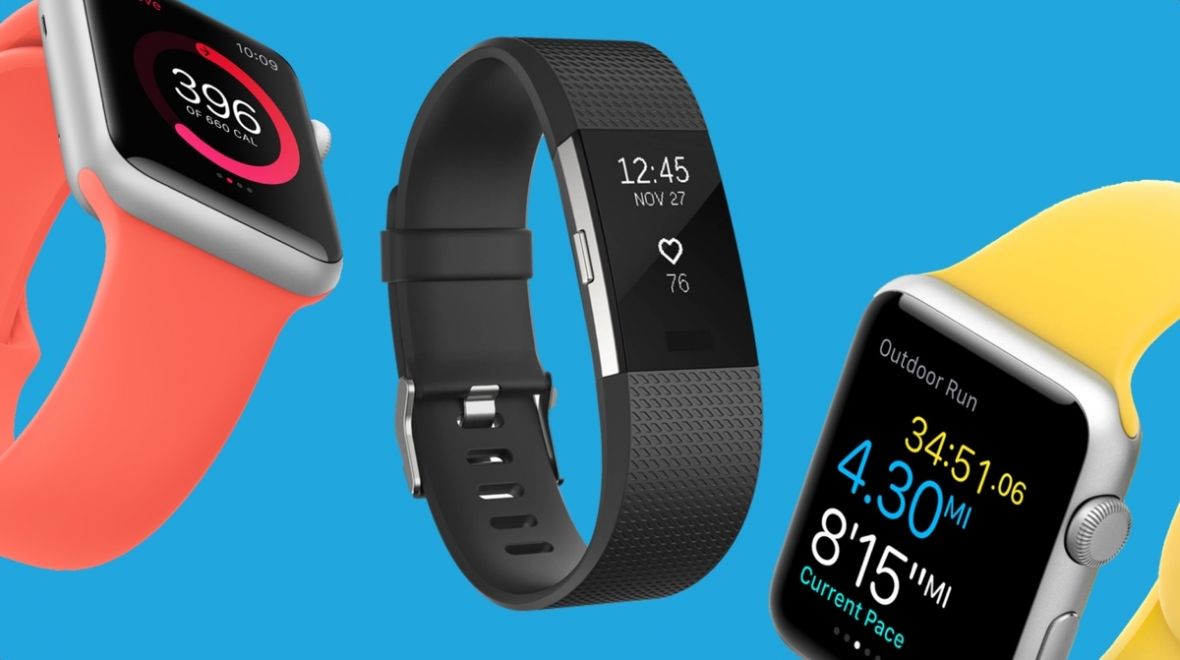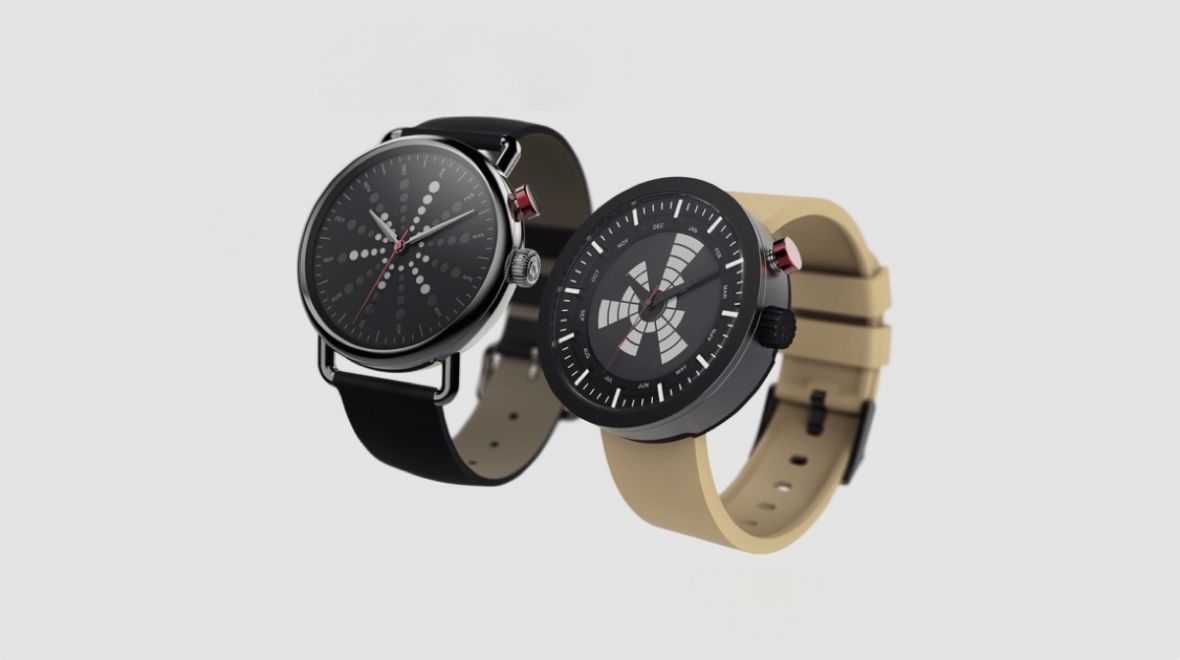One of the most exciting slides at Apple’s WWDC keynote was also one of the geekiest. I’m talking about Core Bluetooth in watchOS 4 and its ability to let the Apple Watch talk directly to Bluetooth LE accessories like a Dexcom continuous glucose monitor, a surfboard via the Xensr app, and tennis racquets. Combined with another geeky announcement of GymKit which uses NFC to communicate with special gym equipment and the message is clear – the Apple Watch will be the centre of your health and fitness focused, ambient computing-powered life.
What this underlying Core Bluetooth tech means is that apps can bypass your iPhone apps when sending info back and forth to peripheral devices that you are wearing, connected to, playing sports with or using to surf. The first examples come from health and fitness but the tech could also be used when hooking up HomeKit devices around the house too. Devs on Apple forums have been asking for it for a while.
Which brings us to Apple Watch smart straps. This new announcement doesn’t mean we’ll never see them, just that they might work a little differently to how we expected. Bands for the Apple Watch with tech inside them could in theory connect to the smartwatch itself via native Core Bluetooth, therefore bypassing the need to deal with designing a special port – with the exception, perhaps, of battery packs. Now smart straps have been rumoured on the web with a number of patents surfacing from 2014 and 2016 which indicate Cupertino was experimenting with using the space on the wrist, even to the extent of adding a second display.
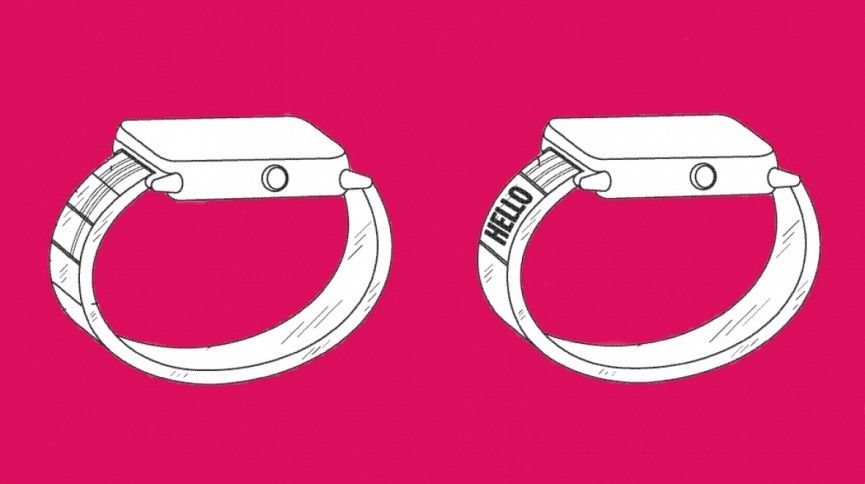
Even if we don’t see them for the Apple Watch Series 3, which could launch as early as September, we’re very much in favour of the idea whether that’s a haptic motor, extra battery or a health sensor. They would open up the idea of what a smartwatch can be and do to engineers and designers who might not have the time or resources to build their own. They will increase the level of personalisation and stickiness of the Watch. They could balance out the weight and size of the device. And with some of the health ideas we’re already seeing, they could save lives. In fact, Apple Watch smart straps already exist: KardiaBand by AliveCor is a medical grade ECG strap for Apple Watch and is already available to order. One of the driving forces of the startup is none other than ex-Google SVP Vic Gundotra.
A blueprint from Pebble
A lot of the hard work as to how to implement a smart straps program has been done by Pebble. Launch the platform, maybe start a fund, endorse a few. In late 2015 we profiled six upcoming Smartstraps for the Pebble line of smartwatches, some of which took advantage of a $1million fund set up by the always open and hacker friendly company. Then CEO Eric Migicovsky wanted tinkerers and companies to build on top of his existing hardware and held a Pebble Rocks Boulder hackathon with 74 teams.
Ideas that were built, or at least in the process of development, included GPS on the Powerstrap Pal; wearable payments on the FitPay Pagaré; gesture controls via the Aria Smartstrap; heart rate monitoring via the TYLT Vu Pulse case (not strap) and Seeedstudio’s Xadow modular strap which could add all sorts of functions including NFC.
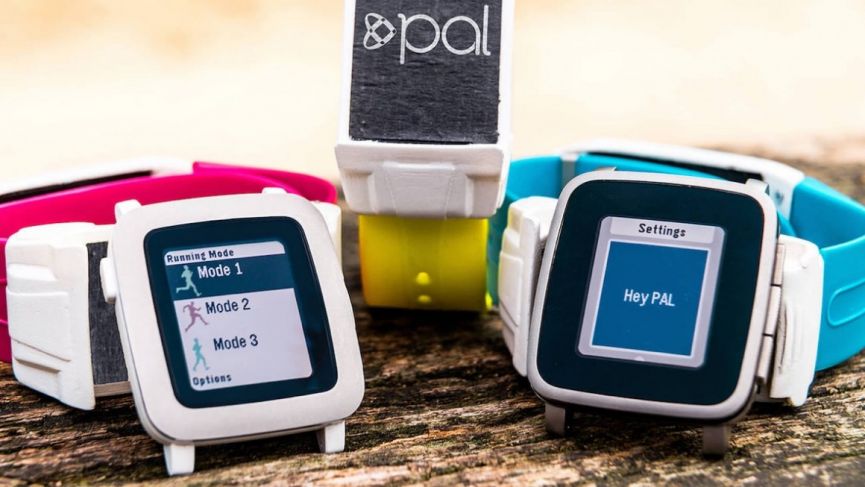
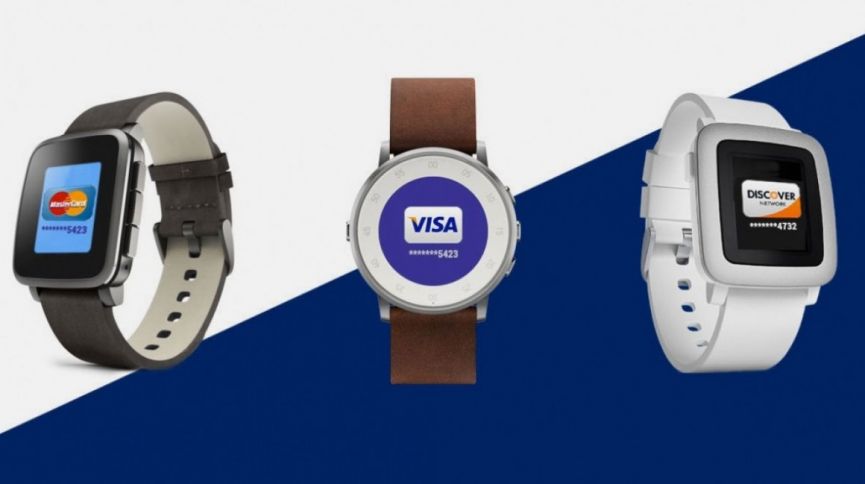
Now, as most people will know, Pebble was acquired by Fitbit in late 2016. Crowdfunded projects like the Vu Pulse cancelled the project and offered refunds to backers as, even though Pebble watches would continue to get limited support. The whole ecosystem was essentially dead, and as far as we can tell only Xadow actually managed to ship. The Blocks modular smartwatch is also interesting here as it turns the strap into modules but that’s sadly still MIA. Of the initial Pebble group, some are still hopeful that the accessories will take off.
“The twin challenges in the wearables market are utility and personalization – making devices more useful for consumers and personalizing them to fit seamlessly into any lifestyle,” says Michael Orlando, CEO of FitPay, which is currently in the process of onboarding the first devices onto its platform. “The modular nature of smart straps is one way to achieve both.”
Alfredo Belfiori, who was behind the Aria Smartstrap is now working on Clip, a gesture control device that sits underneath a watch strap and uses AI to translate finger movements into commands. “Straps can gain traction as long as there are innovative features that make them worthy of being looked after (smartwatches and smartstraps suffer of a common problem, charging them),” he told us. “Flicktek [Belfiori’s startup] provides one of those game changing features.”
The obvious point of comparison between Pebble and Apple is that the Apple Watch Series 2 does pretty much all the features listed above – it has GPS, payments via Apple Pay and heart rate monitoring. It doesn’t do gestures, granted. But it doesn’t do everything and it doesn’t have every sensor. There are a couple of ideas that spring to mind – a battery module for a weekend away, say, as the battery still isn’t that long or an altimeter for measuring elevation when out hiking (away from your phone).
We can turn again to Blocks for more smart strap ideas, some practical, some futuristic – some of its modules are potentially due to include temperature, pressure, galvanic skin response, a LED flashlight, fingerprint reader, ECG, a programmable button, a camera, extra memory and air quality sensor.
Talking to the Watch
Tim Cook bragged about the $70 billion that has been paid to App Store developers and Apple is stocking HomeKit devices from Netatmo, Withings and more in its stores. Apple Watch straps do decent business, as do Apple Watch docks. So if Cupertino doesn’t want to create smart straps itself why not create another industry in which its device, in this case the Apple Watch, is the star?
Well, the main hurdle I foresee is Jony Ive and co being too precious about the Apple Watch design. It’s polished, it’s small, it’s inconspicuous on the wrist – the wrong smart strap could ruin all that. Then again, you could turn the design and size issue on its head – the Series 2 is slightly thicker than the first and not everyone notices, but I do.
Anyone buying tech still swoons at big feature lists so how is Apple going to pack more and more into that tiny device without making it bigger or thicker? Unless we have a breakthrough in battery technology, the demand for more sensors and features could mean Apple views the space around the wrist seriously.
SOURCE:https://www.wareable.com/apple/apple-watch-smart-straps-core-bluetooth-8887
